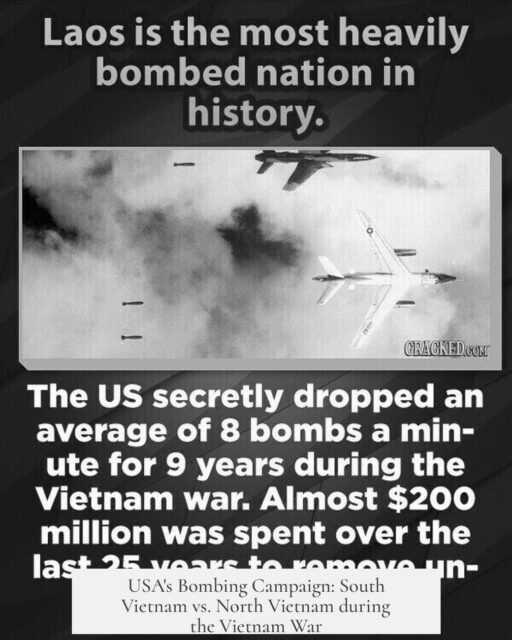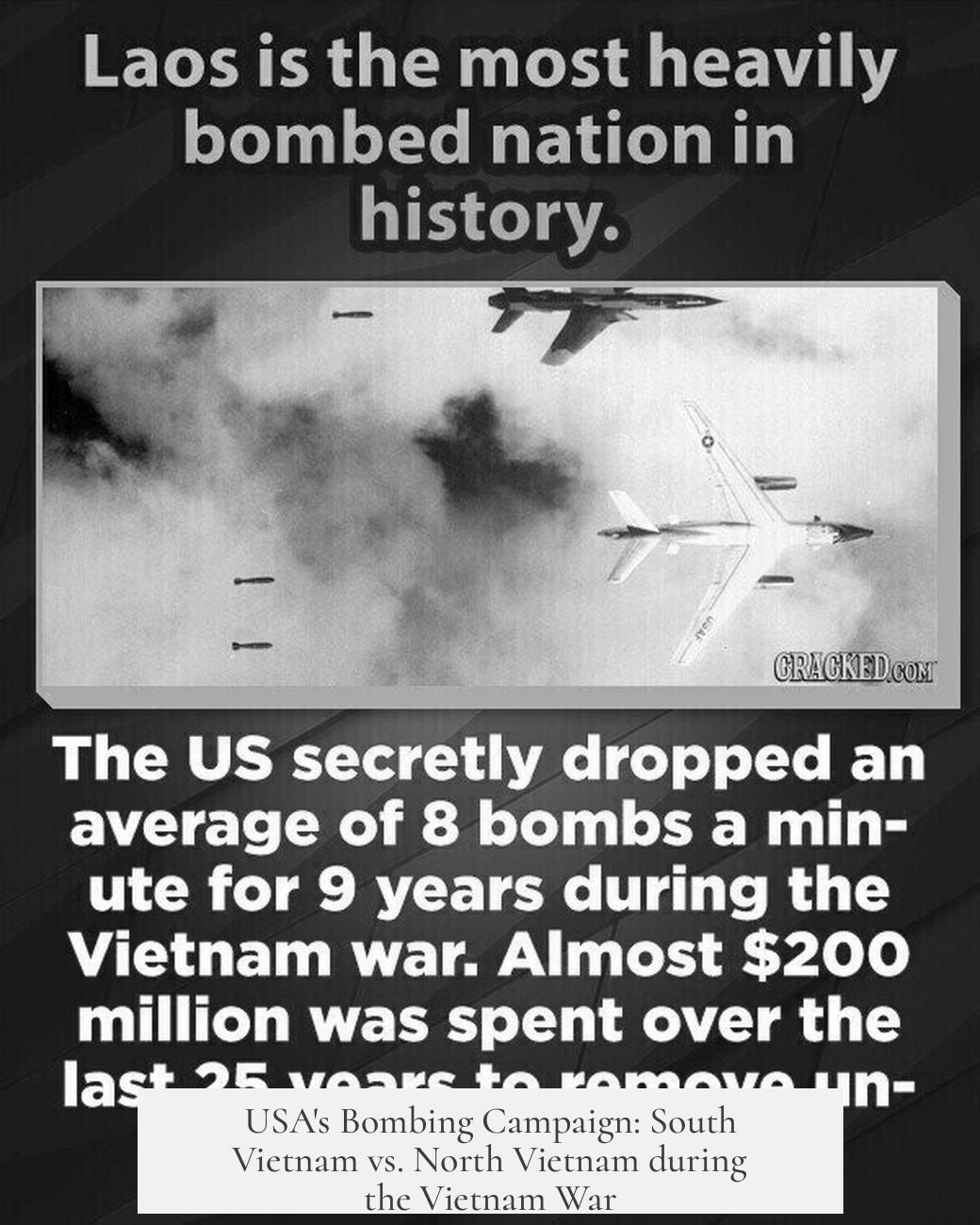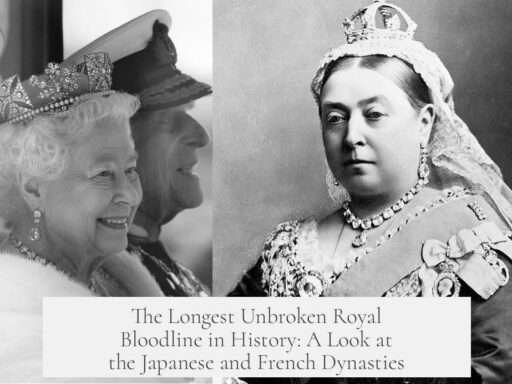Yes, it is true that the USA dropped more bombs on South Vietnam than on North Vietnam during the Vietnam War. The United States dropped about 4 million tons of bombs on South Vietnam. In contrast, around 1 million tons were dropped on North Vietnam. These figures highlight the differing focuses of US bombing campaigns throughout the war.
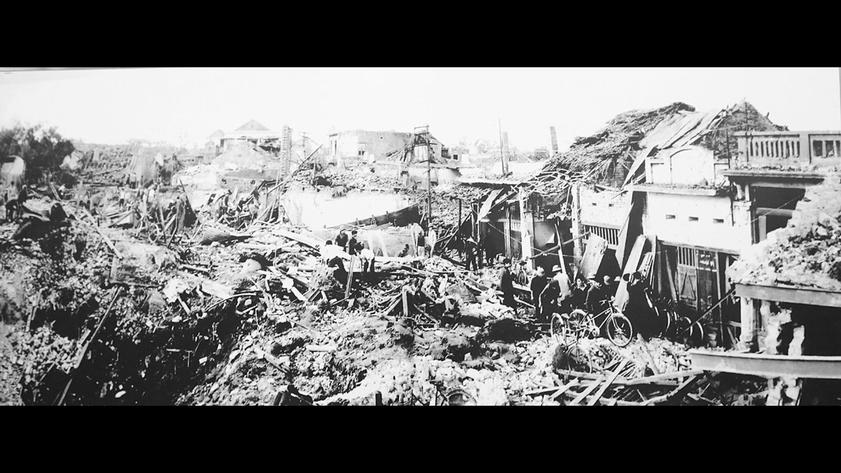
The US bombing effort in South Vietnam was mainly aimed at supporting ground troops. This included American forces and allied armies such as South Vietnamese, Republic of Korea, and Australian troops. Air strikes targeted Viet Cong and North Vietnamese Army (NVA) units operating within South Vietnam. The heavy use of bombs in South Vietnam reflects the intensity of ground combat in that region.
In addition to the 4 million tons of bombs dropped on South Vietnam, roughly 400,000 tons of napalm were also deployed there. This underlines the scale and intensity of air support dedicated to ground operations. For example, during the Siege of Khe Sanh, about 100,000 tons of bombs were dropped in support of US and ARVN forces, carried out in around 25,000 bomber sorties.
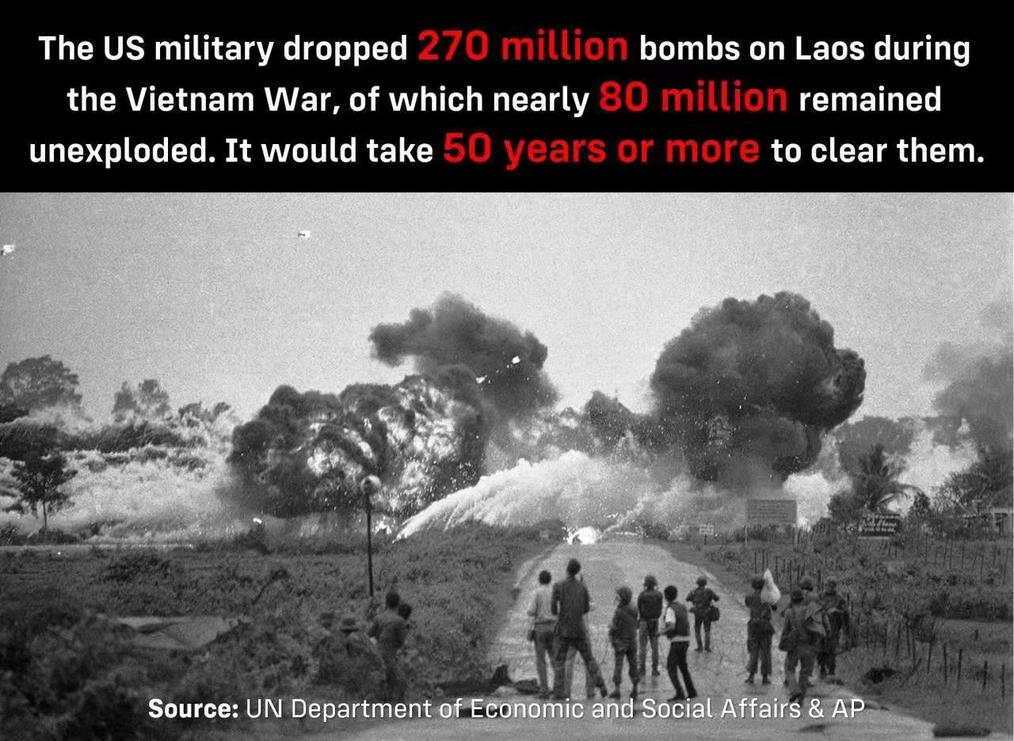
On the other hand, the bombing in North Vietnam focused largely on strategic targets like logistics, industrial zones, and transport routes. The objective was to cripple the North Vietnamese war effort, limiting their capacity to supply and move troops and materiel. This kind of ‘traditional’ strategic bombing accounted for the lower total tonnage compared to South Vietnam.
The majority of US bombing sorties supported ground fighting, which mostly took place in South Vietnam. This connection explains the heavier concentration of bombs there. Thus, the bombing statistics reflect the war’s operational realities, where ground combat and corresponding air support in the south demanded more ordnance than the strategic air campaign in the north.
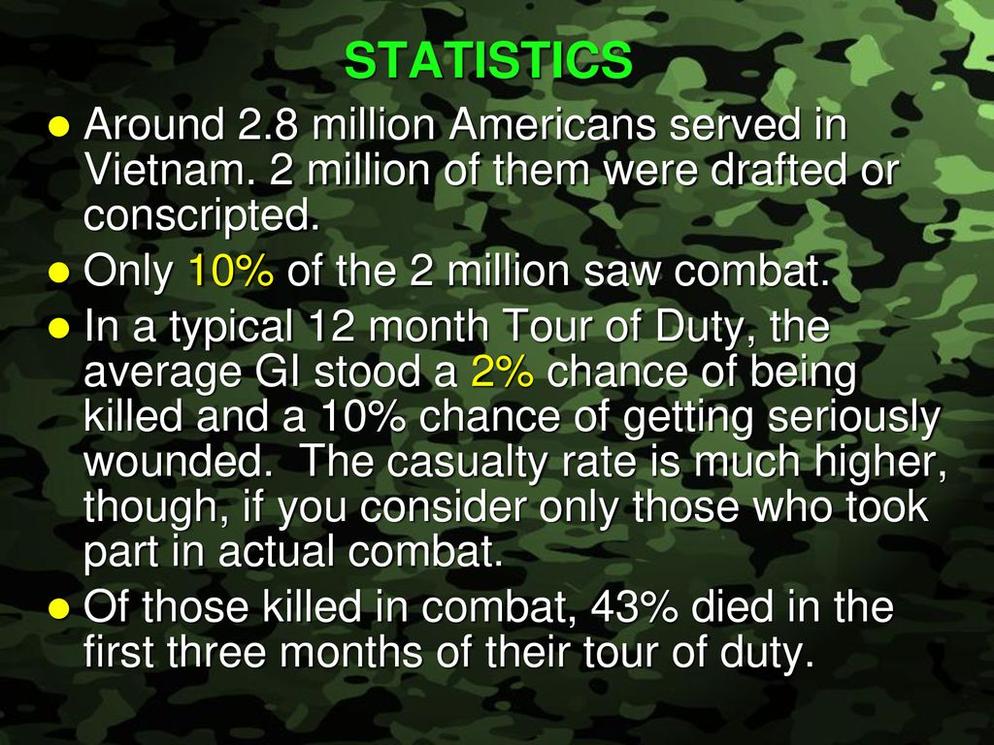
- About 4 million tons of bombs dropped on South Vietnam, plus 400,000 tons of napalm.
- Approximately 1 million tons of bombs were dropped on North Vietnam.
- South Vietnam bombing focused on tactical support for ground troops.
- North Vietnam bombing focused on strategic targets.
- Ground combat in South Vietnam drove the heavier bombing rate there.
Is it Really True That the USA Dropped More Bombs on South Vietnam Than North Vietnam During the Vietnam War?
Yes, it is true: the United States dropped significantly more bombs on South Vietnam than on North Vietnam during the Vietnam War. The numbers are striking and reveal important layers of the war’s tactics and operations that many may overlook.
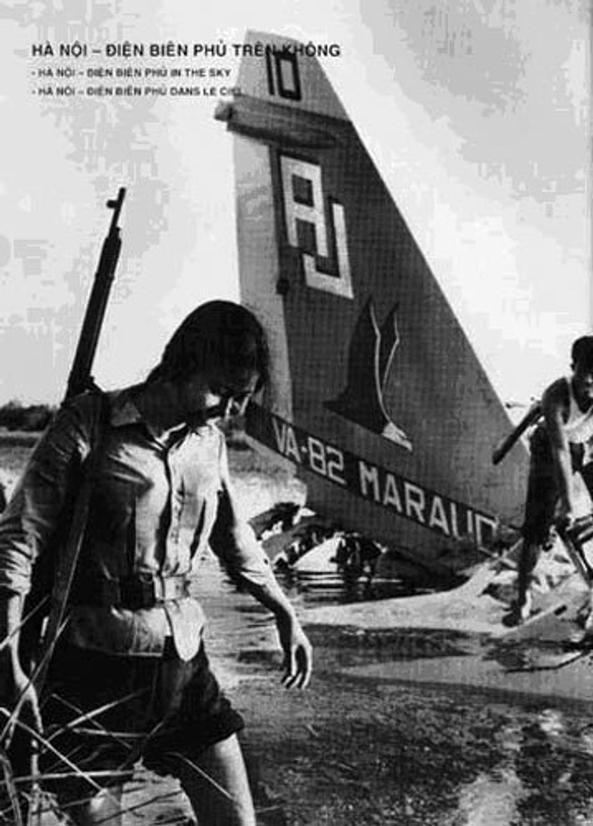
You might have imagined that North Vietnam, the enemy’s capital, bore the brunt of the air war. In reality, things are more complex. The U.S. Air Force dropped approximately 7.5 million tons of bombs across the entire Southeast Asian theater—including Vietnam, Laos, and Cambodia—from 1961 to 1975.
Here’s a clearer breakdown of that staggering number:
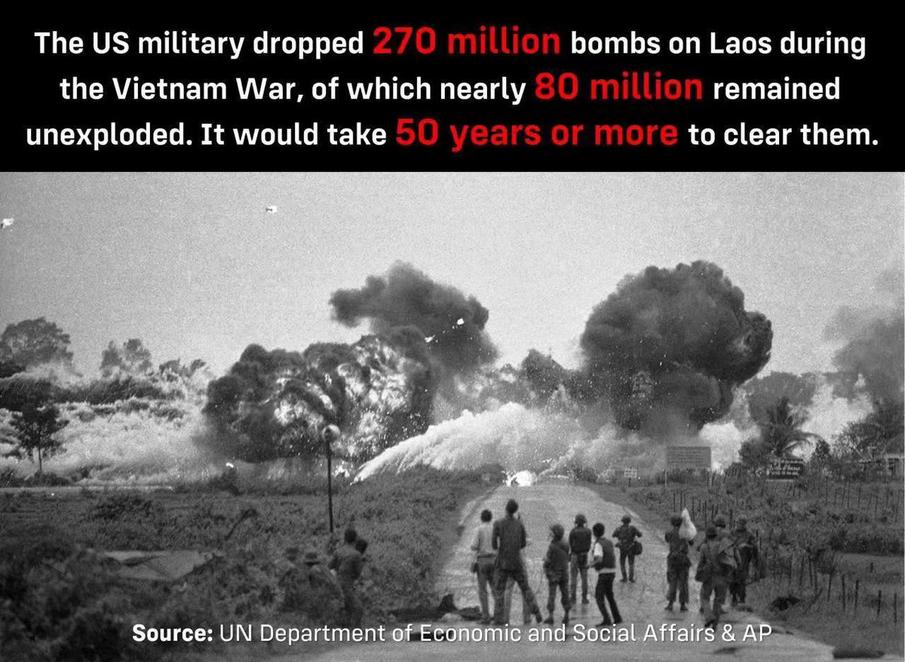
- South Vietnam: About 4 million tons of bombs, plus an additional 400,000 tons of napalm
- North Vietnam: Roughly 1 million tons of bombs
- Laos: Around 2 million tons of bombs
- Cambodia: About 0.5 million tons of bombs
The sheer volume of bombs dropped on South Vietnam outweighs that on North Vietnam by a factor of about four. Surprising? Absolutely.
Why Was South Vietnam Bombed More Heavily?
This question takes us beyond simple numbers and into the strategy of the war. The U.S. focus in South Vietnam was primarily tactical air support for ground forces. Vast combat operations involving South Vietnamese (ARVN), American, South Korean, and Australian troops battled the Viet Cong and North Vietnamese Army (NVA) primarily on South Vietnamese soil. The air campaign backed these armies during intense ground fighting.
Conversely, in North Vietnam, the bombing was more strategic. Targeting industrial sites, railroads, ports, and other logistical hubs aimed to choke supply lines and diminish war-making capabilities. The bombing in Laos and Cambodia had a similar strategic intent, aiming to disrupt the Ho Chi Minh Trail—a crucial supply route running through these neighboring countries.
To put it simply, the air war was twofold: huge amounts of bombs were dropped in South Vietnam to support troops, while the North faced precision strikes designed to cripple infrastructure and supply chains.
Combat Examples: The Battle of Khe Sanh
One iconic example illustrates this point: The Siege of Khe Sanh in 1968. In support of U.S. and ARVN troops defending this remote base, over 100,000 tons of bombs were dropped. This effort involved about 25,000 bombing sorties by U.S. aircraft.
This level of bombing was a giant tactical effort to hold a strategic position—and it happened in South Vietnam. It underlines how the U.S. air war was deeply connected to immediate battlefield needs.
More Sorties in South Vietnam? Absolutely.
Data shows the majority of combat sorties flown by U.S. bombers and fighter aircraft focused on supporting ground troops in South Vietnam. South Vietnamese air operations were even more concentrated on defending their territory and engaging Viet Cong insurgents.
Ground battles mainly erupted in South Vietnam. Hence, logically, air support numbers (and bombs dropped) reflect the same. The USAF’s conventional bombing over North Vietnam was high key, but far less in quantity compared to the intensive, close air support missions over South Vietnam.
Facts from Credible Sources
This significant difference in bombing distribution is well documented in historical research. For instance, John Schlight’s A War Too Long: The USAF in Southeast Asia 1961-1975 provides official Air Force analysis on bombing tonnage and mission profiles. Schlight’s work reveals the broad scale of air campaigns supporting various allied ground forces across multiple countries.
Mark Clodfelter’s book, The Limits of Air Power: The American Bombing of North Vietnam, offers a study specifically on the bombing campaigns in North Vietnam—highlighting the weight of strategic attacks on industrial targets rather than sheer volume.
What Does This Mean?
Understanding the distribution and intent of bombing during the Vietnam War reshapes common perceptions. It wasn’t just an aerial blitz on North Vietnam alone. The U.S. air war was a multi-layered operation where South Vietnam absorbed the heaviest bombing load because the ground war raged there and required direct, sustained air support.
This insight paints a clearer picture of the war’s complexity. It shows the war wasn’t fought solely with headline-grabbing strategic bombing, but also an extensive effort to keep allied ground forces in South Vietnam alive and operational.
Final Thoughts and Reflections
Could you imagine how overwhelming it must have been for civilians and soldiers in South Vietnam, enduring four times the bomb tonnage as those in the North? The impact on daily life, infrastructure, and the prolonged conflict was immense.
Next time you hear about the U.S. air campaign in Vietnam, remember that South Vietnam was bombed heavily—not just to punish the enemy but to back fighting troops. This dual reality complicates the simple North vs. South narrative often portrayed in history books.
So, the answer is resoundingly yes: during the Vietnam War, the USA dropped more bombs on South Vietnam than on North Vietnam. And understanding why leads to a richer, more nuanced view of this complex conflict.
